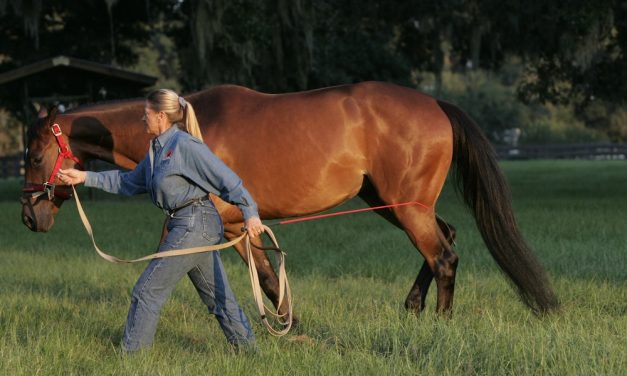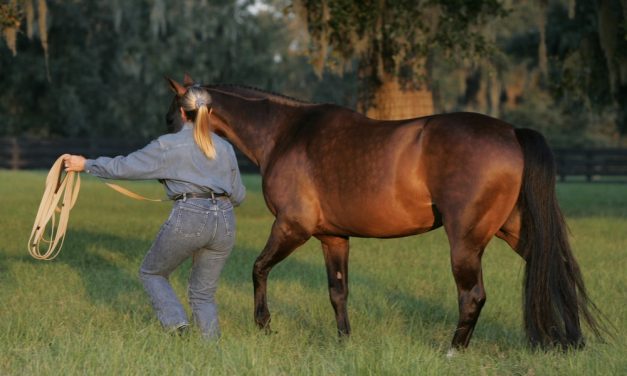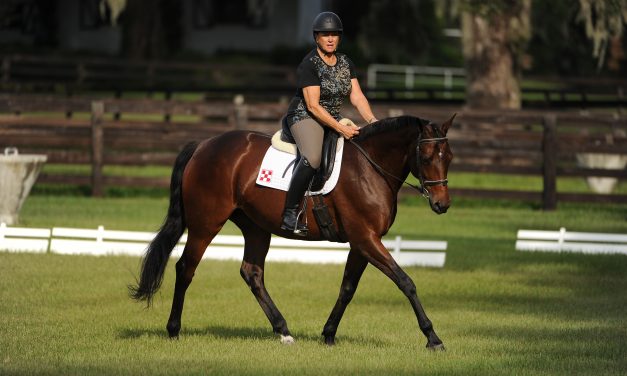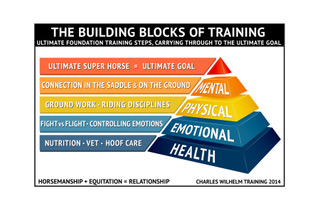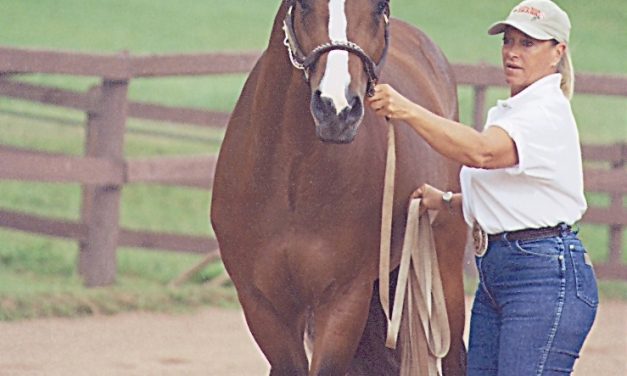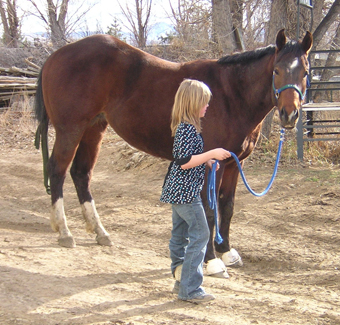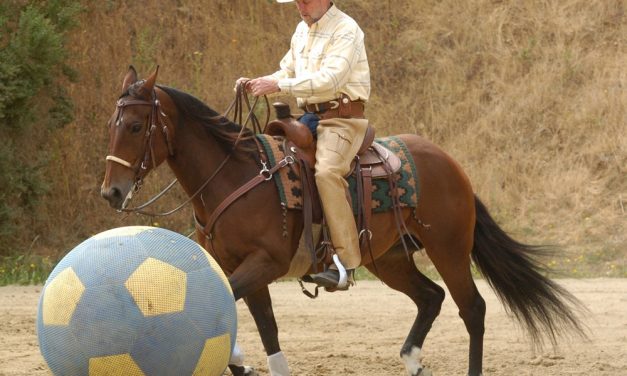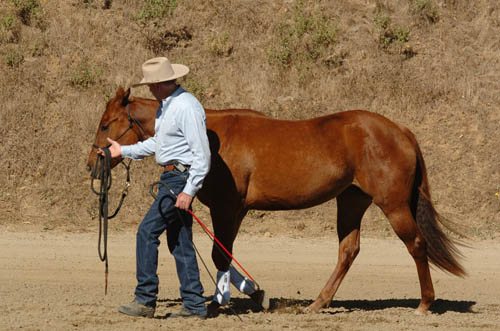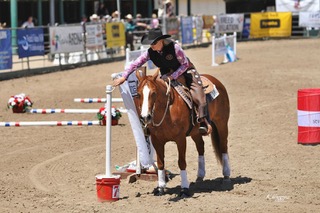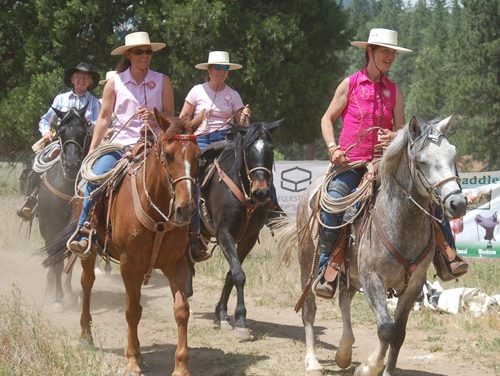What it Means to Train a Horse Using Dressage Principles – Part II
Last month we covered the need for a solid forward cue, a responsive stop, a smooth back up, follow through and consistency. These are basic training principles needed for any discipline. The following principles relate to cowboy/western dressage and are also beneficial for all riding disciplines.
The horse must be relaxed and fluid.
Read More
